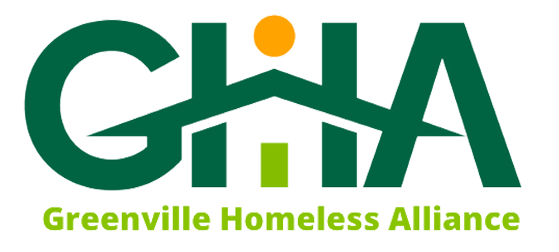COVID-19, Economic Hardships, and the Safety Net
The U.S. is now six months into the COVID-19 pandemic and is experiencing another wave of the virus with the death toll continuing to rise. The economy has partially recovered from the sharp economic declines in the spring, but many people continue to suffer from their economic losses. As a temporary federal eviction moratorium from the Centers for Disease Control and Prevention (CDC) lasting until December 31 rapidly approaches this is an update from the Post and Courier Commentary: Where’s the COVID-19 safety net? on August 8.
The large increase in third quarter GDP might suggest that the economic crisis has ended but GDP is still well below its level earlier this year. The data discussed below are from the third quarter and reflect an economy that continues to struggle and whose growth is now slowing.
Nationwide, household data on employment shows that employment peaked in February at 158.8 million, fell to 133.4 in April and climbed back to 147.6 million in September—still millions below the peak in February. The unemployment rate hit a low of 3.5% in February, rose to 14.7% in April and fell to 7.9% in September. The September employment data also show that the number of people who have permanently lost their employment has increased substantially and the number of people who have experienced long-term unemployment is on the rise as well. These are important as it suggests that people in these situations will have a difficult task in gaining new positions due to the potential obsolescence of their occupational skills and permanent business closures.
Greenville County’s employment has recovered to its high in March. However, as the labor force has grown since then, the unemployment rate fell to 4.0% in September, from its high of 12.2% in April but is still below the 2.0% low reached in December of last year. Examination of the details of the recovery shows that not all have experienced the same extent of the upswing.
As of early September, high wage earners in Greenville County have exceeded their employment levels of January; middle earners have returned to their January levels; and low wage earners are about eighteen percent below their January employment level. Spending by all consumers in Greenville County has returned to its level earlier this year.
Recent studies have estimated national monthly poverty rates; these studies reveal the effects of COVID-19 and Federal stimulus efforts on the monthly poverty rates. In general, the conclusions are that poverty rates initially fell after the onset of the pandemic significantly due to the CARES Act—the one-time payments to families and the supplemental unemployment insurance. However, after the expiration of the CARES Act monthly poverty rates are rising back to the rate in February, prior to COVID 19. Moreover, one study finds that the deep poverty rate, defined as the percent of people with an income less than one-half of the poverty threshold, rose even during the period of the CARES Act, indicating that this aid was not reaching families in dire need.
Other examples of the hardships that many face are given by the proportion of households that are experiencing difficulties with food and hunger insecurities. The Census Bureau in its Household Pulse Survey finds the following for South Carolina: (1) 20% of households expect an income loss in the next month; (2) 8.9% of households are food insecure; 10.4% are housing insecure; 26.1% of adults living in households face a high probability of eviction or foreclosure; and almost a third of adults living in households experience difficulty in paying for usual household expenses.
This information indicates that while the economy partially snapped back in the third quarter the recovery has been uneven. Recovery remains unattainable for many low-income and middle income households and the number of people in deep poverty is on the upswing. Furthermore, recent data reflect a slowing economy and many economists anticipate a slow and prolonged recovery to pre-pandemic levels. South Carolina job losses in leisure and hospitality are down 15.3% from October 2019. Loss of these jobs show that 31% of South Carolina residents are not caught up on rent as of November 23.
In March, the United Way of Greenville County launched the COVID-19 Community Relief Fund. They have seen a daily average of nearly 1000 calls through their 2-1-1 community resource line. Learn about collaboration addressing hunger and homelessness here. The Greenville Homeless Alliance is a partner agency with United Way of Greenville County and invites everyone to become involved. Economic support for men, women, and children remains urgent not only for humanitarian reasons but also to get the economy back to its potential.
- Susan McLarty, Greenville Homeless Alliance Coordinator and Robert Arden, Ph.D., Economist
